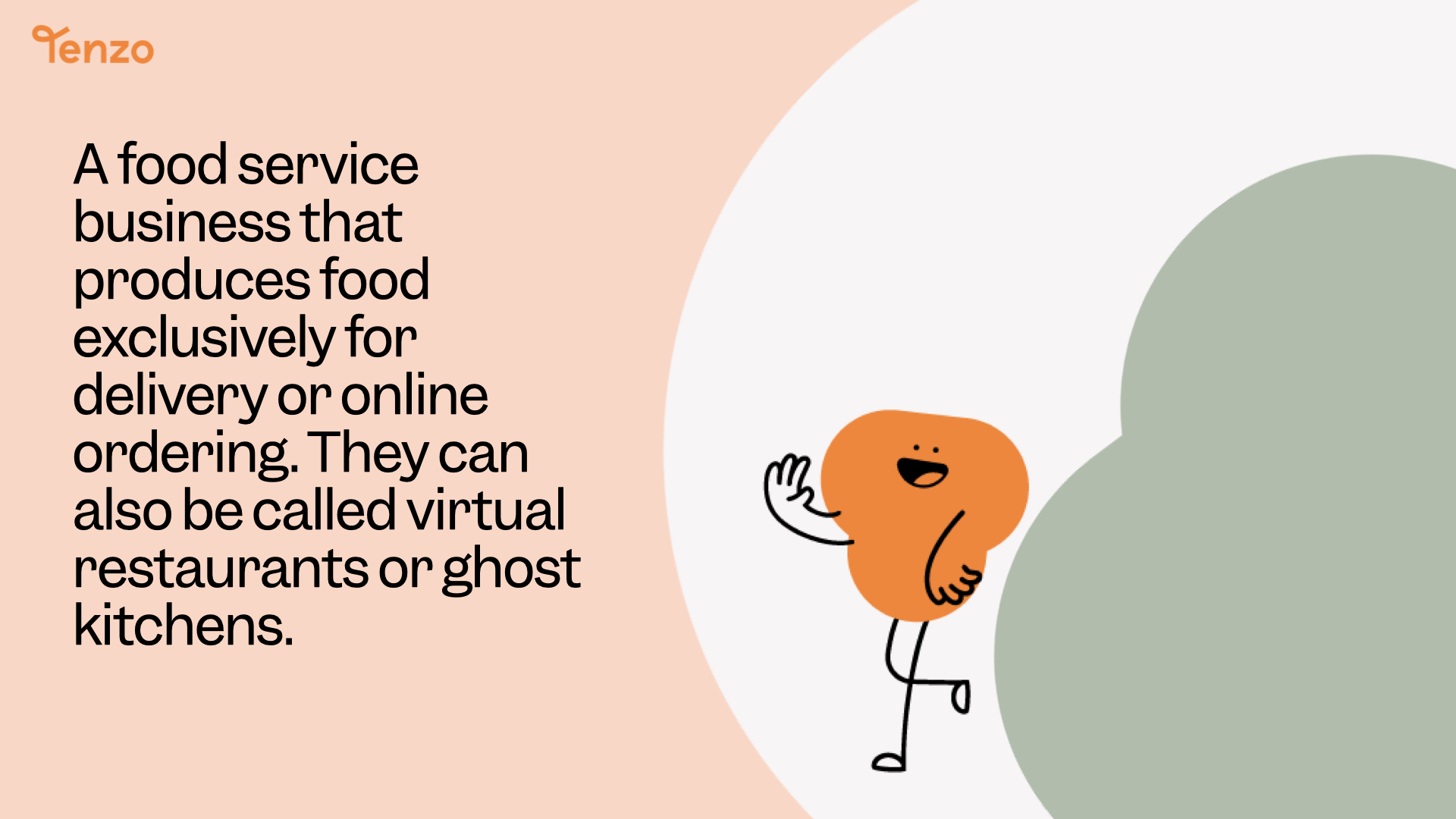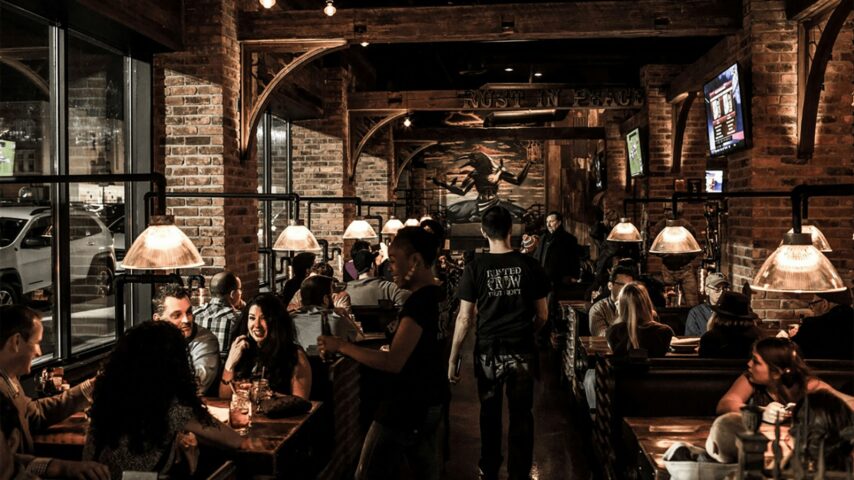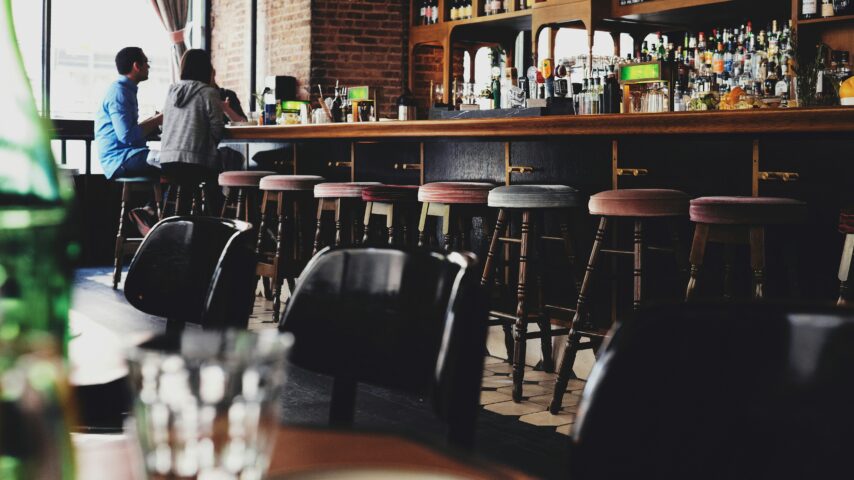Unveiling the Mystery: What Exactly is a Dark Kitchen?
The dark kitchen concept has been growing rapidly since the pandemic, providing restaurants with the opportunity to fulfil food delivery orders at a larger scale with the dark kitchen business model.
We’re going to look at what dark kitchens are and how restaurants can use them to improve their performance.
What is a Dark Kitchen?
A dark kitchen, also known as a ghost kitchen or virtual kitchen, can be defined as a commercial kitchen that operates solely for delivery and takeout orders.
Unlike traditional restaurants, dark kitchen businesses do not have a physical dining area for customers to sit and eat. Instead, they focus on preparing and cooking food in a centralised kitchen and then delivering it to customers through various delivery platforms.
The dark kitchen business model involves restaurants often operating in shared kitchen spaces or commercial warehouses, allowing multiple restaurants or brands to operate under one roof. For some businesses, they are an extension of the restaurant already in place and can be used as a way to increase capacity.
The Rise of Dark Kitchens: Revolutionising the Food Industry.
Dark kitchens are a relatively new concept in the food industry. This innovative model is rapidly gaining popularity, especially since the pandemic, with the rise of food delivery apps and the changing dining habits of consumers.
Dark kitchens have the potential to revolutionise the food industry by offering a cost-effective and flexible solution for food businesses.
Having survived the return to restaurants post-COVID, dark kitchens offer a new revenue stream for restaurants and businesses; they had the opportunity to reimagine their offerings.
The move to a more digital process has changed the way many restaurants operate. The tech required for operating dark kitchens is revolutionising the way employees work, and customers’ dining experience.
The Advantages of Dark Kitchens: A Game-Changer for Restaurants
Dark kitchens are a rising trend in the food industry. The concept behind these professional kitchen spaces is to maximise efficiency; reducing costs by focusing solely on the preparation and delivery of food.
One of the huge benefits of dark kitchens is the low access barrier. The start-up and overhead costs are significantly lower than a traditional restaurant. With less space required, and no need to accommodate guests, the location can be in an area with low footfall, and no front-of-house staff are required minimising labour costs.
Dark kitchens can operate as multiple food outlets from one business, this expansion of target markets can lead to increasing sales with no need for expansion of infrastructure and resources.
For some restaurants, dark kitchens can be a way to increase ROI (return on investment) on their current restaurant by using a secondary brand to maximise capacity. They can be an opportunity for restaurants to experiment with new concepts and menus without the risk and investment of opening a traditional brick-and-mortar establishment.
How to Harness the Power of Dark Kitchens; succeeding in the new digital era.
Although dark kitchens are relatively low cost compared to traditional restaurants, they still have their risks as, as many as 50% fail after 5 years, and the first 6 months are vital in determining success. However, there are techniques to improve performance and ensure success.
A successful dark kitchen relies almost completely on the performance of the brand on delivery platforms. Without being highly rated, the brand will be less visible to customers and therefore the sales will decrease. Performance on the apps comes down to a few factors; customer ratings, accuracy of orders, and speed of delivery.
Customer ratings can be affected by a number of components, including accuracy and speed of orders. But also, it relies heavily on the customers’ dining experience at home; is the food warm? is it good quality? is it good value for money?
Location is still important for dark kitchens, as in order to reach customers in the apps you’ll need to be within a 3-mile radius. This can be achieved by having a centralised kitchen, where most of the food prep is done, and then distributing to smaller kitchens for the finishing steps. Not only does this increase the number of potential customers, but it helps to ensure consistency in the food.




